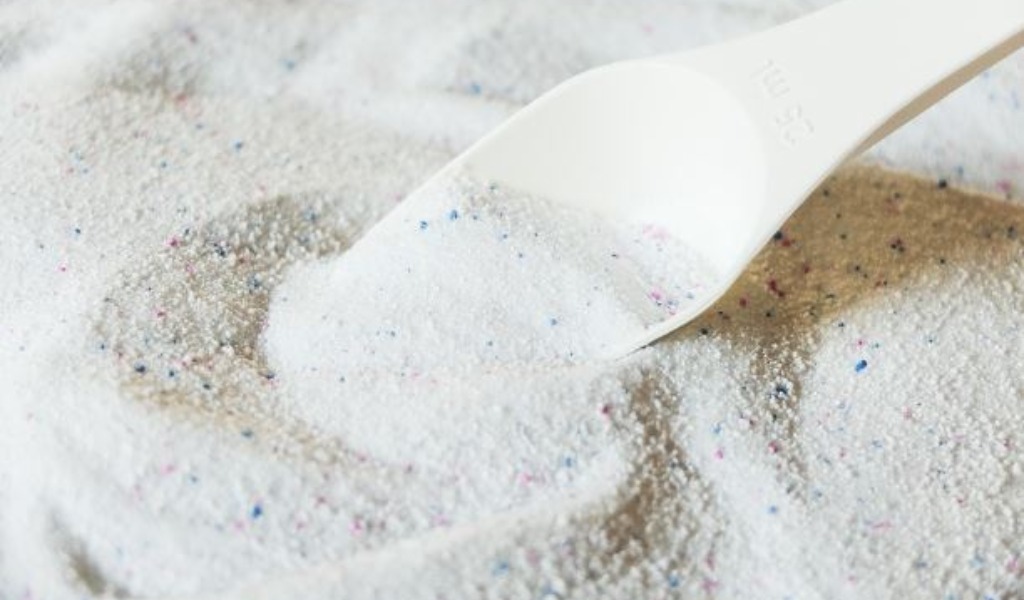Laundry Detergent Production: The Benefits of Particle Size Analysis
Washing clothes, as tedious a task as it is, is an unavoidable everyday task. At the same time, however, there is nothing better than lying under a warm, clean blanket fresh out of the dryer.
To properly remove soils from your clothes and achieve the desired level of freshness, you must ensure you use the right amount of detergent. This is why manufacturers that produce powdered detergents must take the proper steps to ensure the individual granules are of a uniform size.
So, how can you analyze the size of your particles, producing accurate and repeatable results?
W.S. Tyler has been at the forefront of the particle size analysis industry for over 150 years. We strive to share and leverage our experiences to help customers develop trust in their products.
For that reason, this article was written to help you gain an understanding of the particle analysis equipment that will best help you achieve the uniformity needed to produce reliable products. You will learn:
- The definition of particle size analysis
- Why particle size analysis is essential to the production of laundry detergent
- The particle size analysis equipment you should be considering
What Is Particle Size Analysis?
Particle size analysis, or just particle analysis, is the process of running sample material in an effort to identify the size and shape of its individual particles. This, in turn, allows manufacturers to verify that the product they are providing will meet and exceed customer expectations.
If a manufacturer neglects to implement a reliable particle analysis process into their quality control program, there is a heightened risk of product failure and, in extreme cases, product recalls.
What Makes Particle Analysis Important to Laundry Detergent Production?
No matter what detergent brand you select, the amount of detergent you need to use is critical.
Adding too much and you may cause an overflow of suds that can become messy quickly. Adding too little, and your garments may not be as clean and fresh as expected.
So, how does particle size analysis play a role in ensuring the right dodge is used?
Well, using particle size analysis helps manufacturers ensure that individual detergent granules fall within a designated particle size range threshold. This works to create uniformity throughout the entire production line.
Having uniform particle sizes means that the directions labeled on the back will deliver the desired level of freshness based on the load size every time. If the detergent featured varied particle sizes, the same directions would not align with the end result.
What Particle Size Analysis Equipment Can Improve the Production of Laundry Detergent?
There are four main pieces of particle analysis equipment that laundry detergent manufacturers can use to manage the quality of their products. These include test sieves and sieve shakers, sonic sifter separators, air jet sieves, and dynamic image analyzers.
1. Test Sieves and Sieve Shakers
Because there are several safety protocols and guidelines that must be followed when manufacturing laundry detergent. This means that the quality control process must be documented in detail just in case of a recall.
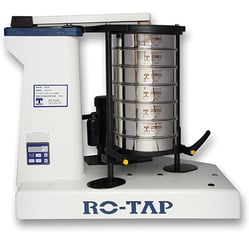
Sieve shakers, such as the W.S. Tyler RO-TAP RX-29, have been the gold standard of the particle industry since the 1930s. This has left them reflected in dozens of industry standards, making the required quality control audit paper readily available.
View our RO-TAP ultimate guide to learn everything you need to know about how the device fits into your operation:
2. Sonic Sifter Separators
There may be times when the particles of a detergent are extremely fine, more so than average. These particles can sometimes prove troublesome to test on traditional equipment.
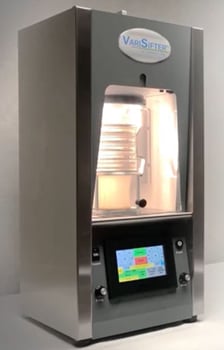
Developed in the 1970s, the sonic sifter was created to make generating an accurate particle distribution curve seamless when working with finer particles. Utilizing a sonic wave air column as well as vertical tapping motion from the bottom of the sieve sack, sonic sifters work great when the particles being tested are known to agglomerate.
Better understand if a sonic sifter is right for you in the following article:
3. Air Jet Sieve
Much like sonic sifter separators, air jet sieves, such as the ALPINE Air Jet Sieve e200 LS, are designed to enable lab technicians to test fine particles with relative ease. The most significant difference is that air jet sieves employ a vacuum system to generate a jet stream of air that projects the particles on the sieves against the plexiglass lid of the device.
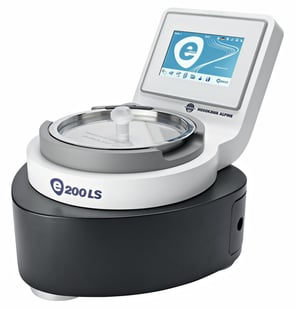
This breaks down any particle agglomeration allowing the particles to pass through the pore openings of the mesh.
To that end, it should be noted that a single sieve can be used at a time. This requires users to dump any retained sample material onto the next sieve.
Read the following article to gain more insight into how air jet sieves work:
4. Dynamic Image Analysis System
Dynamic image analysis systems, such as the W.S. Tyler Computerized Particle Analyzer (CPA), utilize cutting-edge technology to digitize the functions of a traditional particle analysis process. Because it relies heavily on technology, dynamic image anaylsis regarded as one of the most accurate and fastest particle analysis methods practiced today.
This makes these devices ideal when day-to-day tasks include testing upwards of 20 samples.
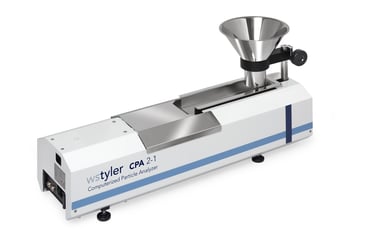
Now, dynamic image analysis systems are not yet reflected in many industry standards. For this reason, it is recommended to have a stack of master test sieves to test sample material on a monthly basis.
Correlating the results from testing material on the master sieves with the results from testing material with your dynamic image analysis device will allow you to verify the accuracy of your device.
To learn how dynamic image analysis can fit into your process, read the following article:
Picking the Right Particle Analysis Equipment Starts With Understanding Industry Standards
Powdered laundry detergent is one of the products in which the performance relies on the uniformity of the individual particles. For this reason, manufacturers must rely on particle size analysis to verify that the particle within the production line falls within an allotted threshold.
With so many options available, picking the right particle analysis equipment can sometimes prove difficult. For guidance, it is recommended that you familiarize yourself with the standards that surround the particle analysis industry, as they often contain the answer.
Here at W.S. Tyler, we strive to utilize our 150 years of experience to help customers gain the knowledge needed to properly furnish their lab setting. This works to help them build confidence in the efficiency of their operation, which is translated into the confidence they have in the products they offer.
For more information regarding the particle analysis standards you should be aware of, read the following article:
About Ronnie Brown
Ronnie is the Content Writer for W.S. Tyler and has four years of experience as a professional writer. He strives to expand his knowledge on all things particle analysis and woven wire mesh to leverage his exceptional writing and graphic design skills, creating a one-of-a-kind experience for customers.

